Despite being a very poor excuse for a gamer, there are three games that I’m rather passionate about right now. Actually, passionate isn’t really the right word. These three games, I play at a semi-competitive, or at the very least, non-casual level, let’s say. It should come as no surprise to anyone that these three games are 100% Orange Juice, Pokemon and Tekken. Today I’ll be testing the boundaries of a potential potential character limit to share my experience and thoughts on the wonderful franchise that is Tekken.
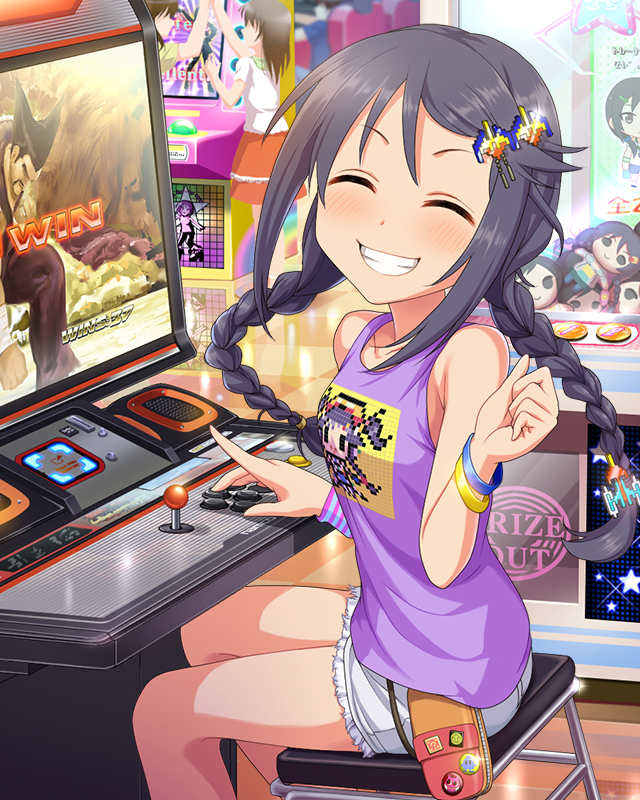
The first time I played Tekken (as far as I can remember) was at my uncle’s place back in my early years of primary school. Not that I knew at the time, but I was playing Tekken 3 on PS1, and the only character I remember using was Eddy – a memory I’ll never live down. Of course, at that point, I was just killing time while my mum was talking to her siblings and promptly forgot about the game before we even left to go home.
My second Tekken experience was probably in 5th or 6th grade. I went to a friend’s place after school and he pulled out the PS2 and loaded up Tekken 5, which we played for a little while. I remember talk about Devil Jin and someone using him, but I also remember using LEE CHAOLAN, so by power of intellectual deduction, I’m led to believe that either my friend played Devil Jin or I switched characters at some point. Most likely the former. This bout of Tekken was also rather short-lived, though, as the next time I played Tekken wouldn’t be for years to come.
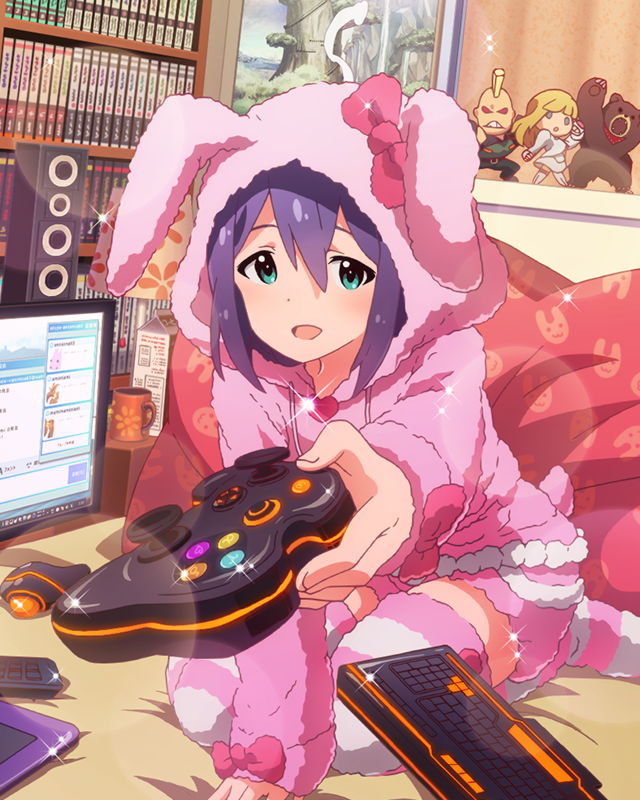
Now, the first time I really played Tekken was at my cousins’ place. I was staying there for a few weeks when I’d come back to visit Sydney, and they had Tekken Tag Tournament 2 for PS3. It was one of the few games they enjoyed, and it was fairly new at the time, so naturally I was introduced to it and slowly taught how to play. At this point I was at an age where I was smart enough to know that picking a character and sticking with them would be the smart thing to do, but Tekken has a very poor selection of waifu-tier characters, so I was at loss for the better part of a minute. In the end, I settled with Lili, thinking she was the “least bad” Tekken grill, along with a bit of encouragement from a comment saying she was “noob-friendly”, and off I went.
During that stay at my cousins’ place, I had a satisfactory amount of fun with the game. I went into practice mode and tried out the sample combos, got to know her moveset, pieced together my own combos and overall had a good time playing around. Being new to the game, I would very rarely win against my cousins, but it was still enjoyable to play the game. At some point I found a cool video on Youtube of someone playing a Lili/Xiaoyu pair, so I decided to pick up Ling for my tag partner as well, and started practicing some tag assaults. I think I’d been using Angel until then, but I had no real attachment to the character (and I was actually using her terribly wrong) so I had no qualms about dropping her. I never learned how to use Xiaoyu at all though, I only ever used her for tag assaults and sometimes for her jab string or low sweeps when she had rage. It didn’t really bother me at all, though. At that time, Tekken was merely a pastime, and I was having fun my own way.
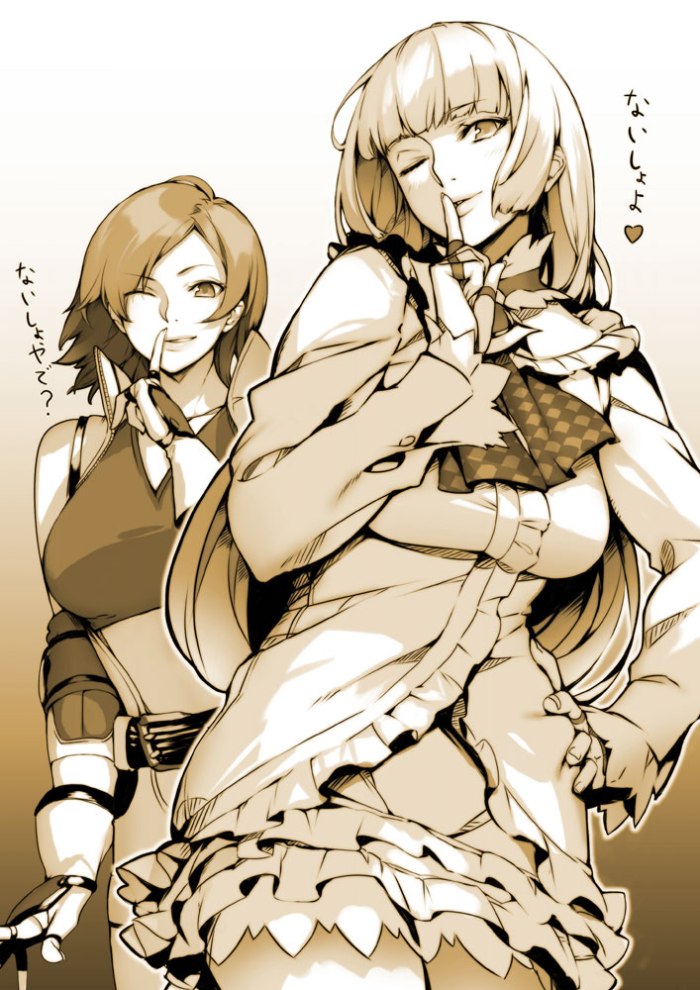
Once my stay was over, I left the country and didn’t play Tekken for a year, until I came and stayed at my cousins’ place once more. Same old, same old, I messed around in practice mode and played against my cousins and got my ass handed to me 90% of the time. This cycle probably went around three or four times, when I’d come back to visit Sydney each year. Somewhere down the line, I also picked up Alisa and Kunimitsu, albeit not very much, played around making costumes for the characters, watched the ending movies for everyone; overall, explored the game more and more. We even went to an arcade once and played TTT2 there, but I was completely untrained when it came to using a stick. As a result, I was never able to do diagonal inputs right and could barely play at all, so it wasn’t one of my better experiences.
Towards the end of one of my later stays, my passion for the game was slowly being lit, and I took the effort to make note of the Lili/Xiao and Alisa/Kuni combos I came up with, so I could use them next time I came back. Or so I had planned, but a nagging urge to play the game resulted in me downloading Tekken 6 for PSP and playing it on my computer through an emulator with the worst controller to have ever been created.
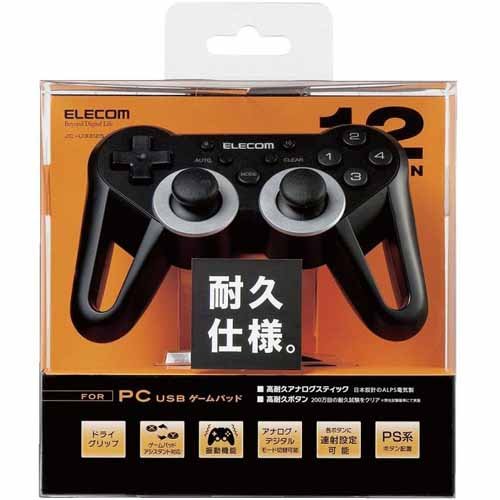
For quite a while, I played ghost battles in Tekken 6 at home, long enough to get Lili to Tekken God, even. During that time, I gave the TTT2 arcade cabinets another chance, despite barely being able to remember the tag assaults I came up with. Not that it mattered, though, because I still couldn’t use stick. I just wanted to play against bots in arcade mode, but some asshole who was obviously much more skilled than I was came and challenged me, utterly destroying me for the first two rounds. On the third, I managed to knock him down by chance and I wasn’t able to d/b+4 him because I couldn’t do my diagonal inputs on stick, and I ended up just flopping around while he lay on the floor. I could hear him laughing from the other side of the cabinet. This put an end to my arcade Tekken career for a while to come, as I returned home and picked up the old gamepad.
Since I’d reached Tekken God on Lili, though, I kind of lost sight of what I was trying to achieve, having no tangible goal to strive towards, and the character was starting to become a little stale. Here, I began searching for a new character to play, and one way or another (I don’t actually remember how), I stumbled across this amazing move. It was a 14-frame launcher, which was +5 on block and had insane knockback properties. And it was a just frame! So you had to be good to do it! I thought “surely, if I mastered this move, I would have an overwhelming advantage over my cousin who played ‘easy’ characters like Steve, and Paul“. A short bout of research later, I had discovered that three (yes, three!) characters had access to this amazing move, and upon taking a quick glance at the three, I decided on the spot that Devil Jin was the coolest looking one, and taking no other criteria into account, chose him as my new main.
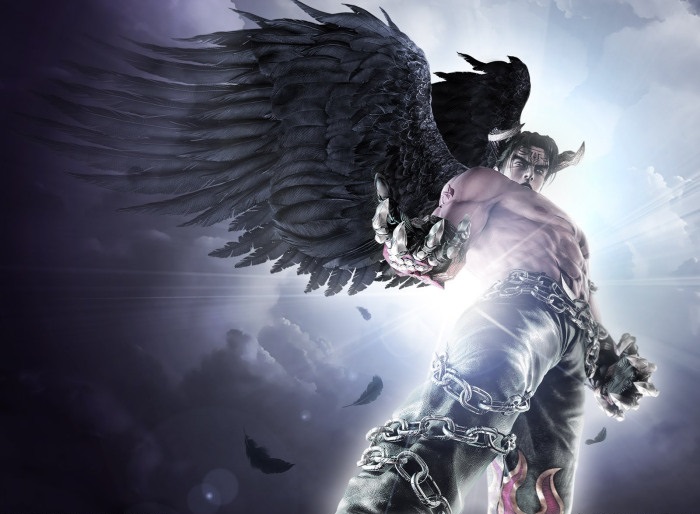
I then proceeded to spend several hours wearing my thumb raw on that terrible gamepad practicing my EWGF. The process was long and painful, and it was surprisingly anti-climatic when I managed to pull the first one off. In spite of this, I persevered until I could get it off at least once every ten or twenty tries, and then realized I probably needed to learn what to do with this move. I hit up the searches once more, and found this one Swedish player with a rather odd handle (TheMainManSWE? What is that? A snack?) who had a guide for Devil Jin. It seemed like the only decent one available, so I decided to forget his username and gave his guide a chance, and to be blunt, it was great. I checked out some of his other guides and ended up following him almost religiously. It really is thanks to him that today I have a passable Devil Jin under my belt, not just from his videos, but also from the games we played together and advice he gave me from his recent trip to Japan. But more on that later.
One night, while doing my semi-frequent electric grinding, I put the controller down, had a good long look at my left thumb and thought “fuck this gamepad”. I had to rectify this problem somehow, this cheap garbage controller simply won’t cut it. I didn’t think about it too much after that, but I happened to be in Tsukumo at a later date and discovered a fight stick for around ¥4000. From what I knew, fight sticks costed in the hundreds of dollars, so without any much needed skepticism, I picked up the stick and went home.
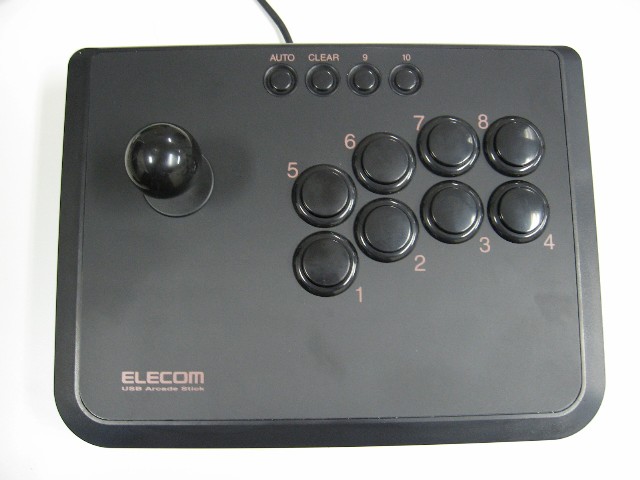
Since I’d never owned a fight stick before, I didn’t notice how bad this stick was. It was with this hunk of junk that I learned how to play on stick. I hooked it up to my computer, and although it was rough at first, I wasn’t paying ¥100 a loss, so I kept going and finally got to the point where the game would actually register the inputs that I was trying to make, and I could actually do the moves I wanted to. This was a huge leap forward, and since I could actually use the stick as an input platform instead of having to fight against it, I naturally went and practiced my electrics.
From the very first electric (attempt), I had an epiphany. This was the way Tekken was meant to be played. With slight euphoria [:^)] I continued to play PSP Tekken 6 at home with this stick. I achieved Tekken God on Devil Jin and completely forgot how to play Lili, so I thought it would be cool to learn another character to keep in my back pocket. I had another look at the EWGF characters and said “ok, Kazuya it is”. I played him a little too, but I don’t think I reached Tekken God on him. I’ll never know, though, because I reformatted my computer.
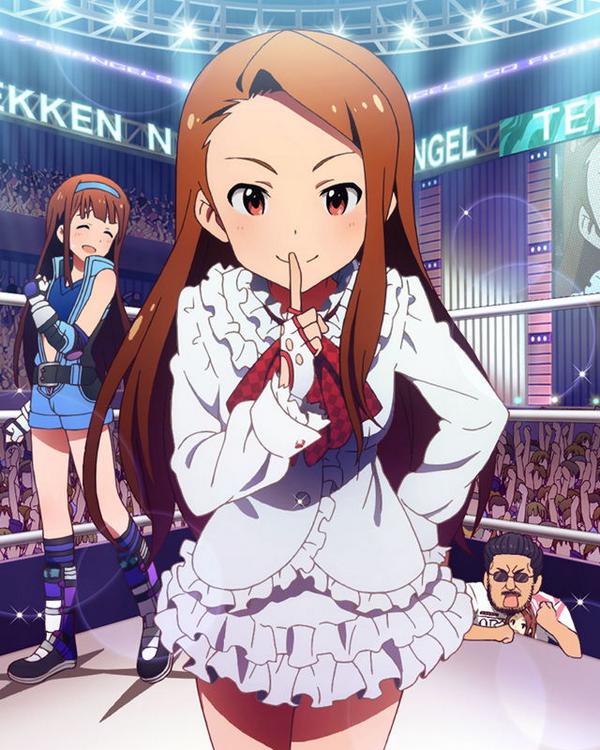
If my chronology is correct so far, somewhere around this time, Tekken 7 came out in arcades in Japan. I didn’t attend the location test despite having half a mind to go, mainly because I didn’t think I was good enough to warrant using a cabinet that someone else could be using, and also because I probably wouldn’t be able to find an open cabinet anyway. I continued to play at home and let the hype die down.
After the full arcade release had been out for a while, I decided it was time for me to go and try my luck. Being smart, I did my research on Devil Jin beforehand. I memorized his new moves, combos and frame data and entered the arcade wincing at the dingy cigarette smoke emanating from the Tekken area, but prepared. Of course, due to my very limited experience with actual human opponents, I wasn’t actually prepared at all. I wouldn’t say I became complacent after all the time playing against AI, it’s just that human players are actually retarded. Needless to say, I didn’t do very well, and I was habitually going for the d/f+1+2 bound in my combos and dropping them, but that didn’t really bother me. Now I was actually playing on the latest release of Tekken – with actual people, no less – instead of sitting at home emulating PSP games and playing with a crappy arcade stick.
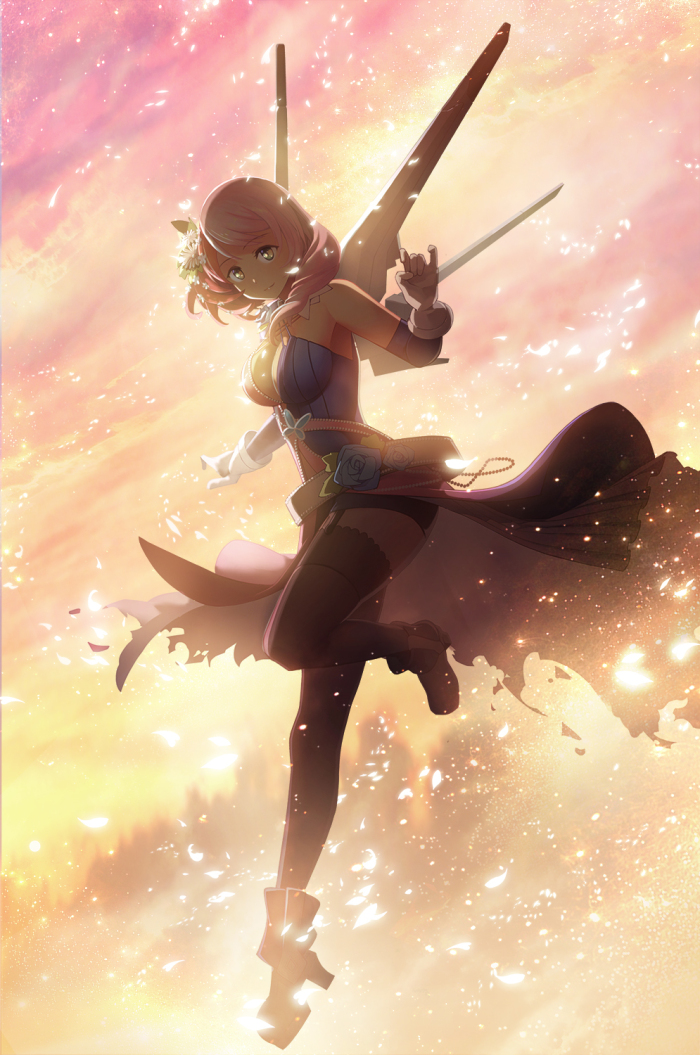
I was still mainly playing at home on emulator, because I really couldn’t afford to go out to the arcades and constantly lose, but it was reassuring to know I had access to Tekken 7 whenever I liked. Whenever I went out with a friend, I’d invite them to come play Tekken with me and pretend I didn’t know the game, then use up their ¥100 to add another victory to the few in my records. No regrets. By this point, I was actually really into Tekken and began learning a lot of technical details – jargon, frame data, etc. – and this is what I refer to when I say I don’t play at a casual level.
Then came the time a few months ago when I returned to Sydney once more. This time I stayed at my grandparents’ place, but my cousins graciously loaned me their PS3, and considering the limited internet connection and lack of a computer to make use of it anyway, I spent basically the entire week grinding out TTT2 with Devil Jin and Angel. I’d come to realize at this point that Angel was actually a Mishima, and my skills with Devil Jin naturally carried over. After this ghetto boot camp, my cousin, who I’d never beaten before, gave up a couple of matches against me after we played for a couple of hours. Both he and I could tell progress was being made, and I felt all the better for it.
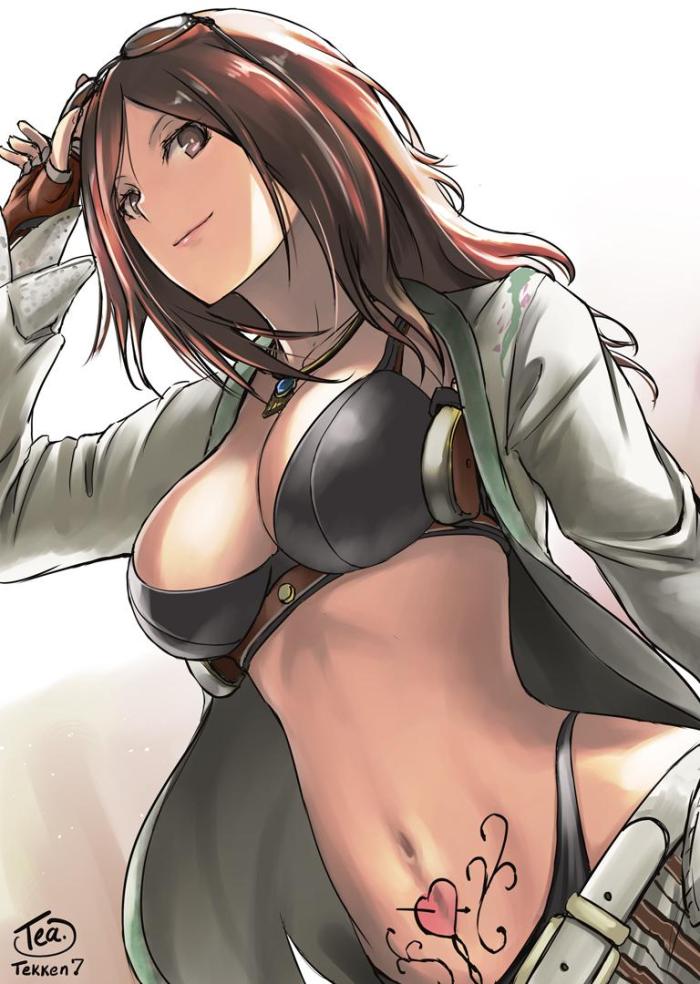
Upon my return to Japan, I resumed my semi-frequent training regime on Tekken 6 at home. While watching a Jin/Hwoarang Tekken stream – characters I normally wouldn’t watch, mind you; I just happened to feel like watching – I learned that none other than TheMainMan was coming to Tokyo! I left a comment on the video asking if he wanted to meet up, and offered to show him around and take him to arcades and things. I didn’t expect much – who would believe such a juicy offer from a stranger on the internet? – but he actually got in touch with me the very next day, and we got talking, and decided to meet up.
During his stay, we actually spent a lot of time together. I think we were together for four out of the nine days total he was here for, and I was out of town for two of those days as well. I did a time rental on Tekken for the first time when I was with him (where you pay for unlimited plays for a period of time, instead of paying per play), and got in a whole bunch of online matches while he was recording combos. I did this several times across the days we met up, and I even played a bunch of games with him as well. In a single day at the arcade with him, I’d played more Tekken 7 than I had played every other time put together. Before then, I’d only play a few games at the arcade each time before I felt like I’d spent too much money or my friends had dragged me away – I’d never sat down for literally hours on end and grinded out Tekken 7 with human opponents before. This was what it truly meant to practice. TMM kindly gave me a lot of great advice, and I found a lot more success than I was used to seeing the next time I played; I could really feel myself leveling up, even if it wasn’t being reflected in my rank or win rate.
Now that he’s gone, though, and my fight stick has been shipped back to Sydney, I’m back home playing Tekken 6 again with my gamepad. Luckily, I’ve long since upgraded to a Dualshock 4, and boy, what a difference it makes. For what it’s worth, I also upgraded my fight stick to a Hori RAP V Hayabusa. Since I’m less than two weeks from leaving Japan, though, I’ll be away from Tekken 7 for a while, so I’m planning on hitting up the arcades at least once more to get a good, long session in. We’ve reached the present now, so this marks an end to my Tekken history.
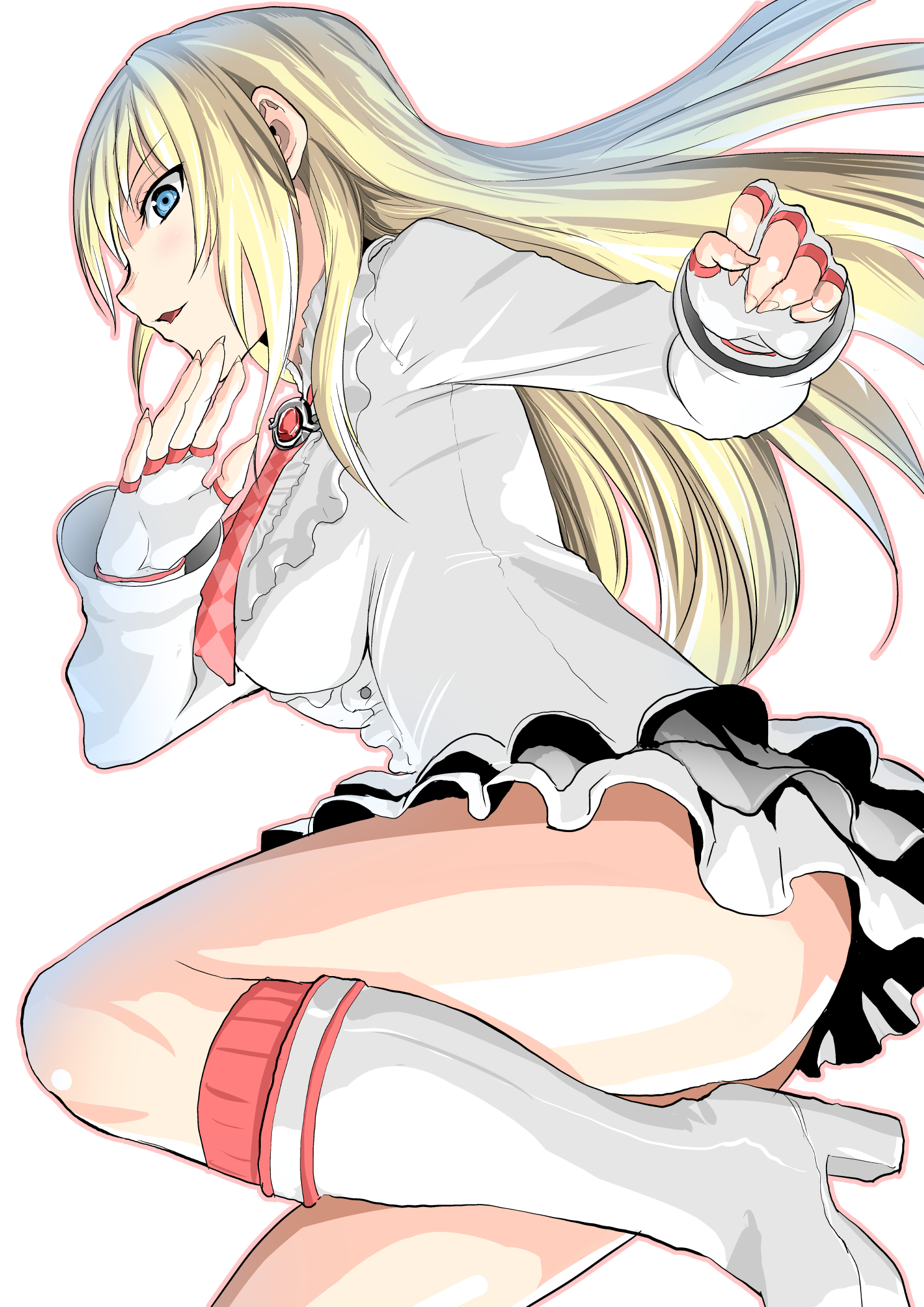
2600 words later, we now get into the meat of the topic – what I was actually planning to talk about. The reason I like Tekken.
As I mentioned at the beginning, I’m not much of a gamer. I’ve only got a few typical titles like Portal under my belt, and my “gaming” primarily consists of JRPGs and visual novels. I don’t consider myself a gamer, and I don’t play fighting games, but Tekken is a different story. I really think its unique and set apart from the rest of the genre. Although it looks simple on the surface – each of the four buttons controls a limb and the HUD is literally just a health bar (hi Blazblue) – the game is so intricate once you get past the superficial boundary.
A central component of the game – backdash cancelling – is quite literally breaking the game’s mechanics. Instead of revising the game to fix this, though, Harada (or someone at Namco) decided to polish the system and implement the mechanic as part of the game. Movement is so complex yet important in Tekken, it quite honestly takes years of practice to become competent. Then you have a plethora of just frame moves and techniques like instant while standing and instant while running as well. On top of all that, you also need to learn frame data of all of the characters in order to punish optimally, and have the reaction times to do so. At its core, Tekken is an objectively difficult game, but it rewards you handsomely for taking the time to learn and practice it, and this is why I think it’s great.
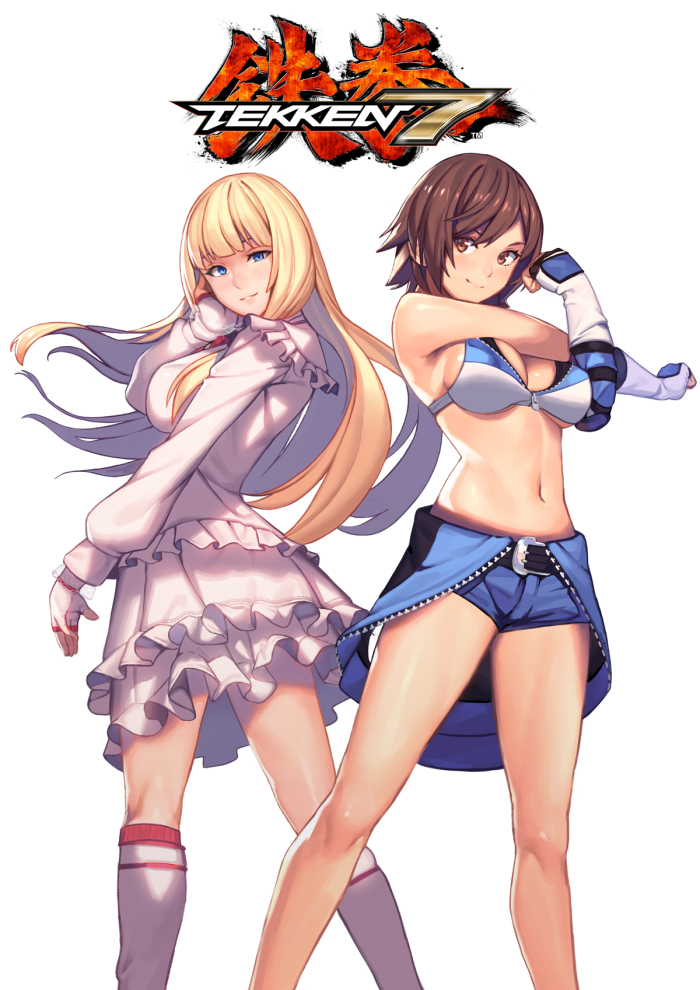
This philosophy applies to all fighting games, but even more so to Tekken in particular: you don’t play fighting games to have fun, you play fighting games to get good. If you wanted to just have brain-dead fun, you could play Mario Kart or something. Fighting games, on the other hand, require skill, dedication and perseverance. I’m not saying fighting games aren’t fun, but the way you have fun in fighting games is by achieving a high skill level and being remunerated for it. Some people like to play casually, and there’s no problem with that. If they like to have fun that way, then let them be. However, a concern arises from this.
When these casual players – who obviously aren’t any good – want to try their luck as part of the fighting game community and realize where they stand, they will either buckle up and practice, or, the more likely option (since it’s the easier one), just give up on the game. I think a lot of new or casual players are going to get decimated and then scared away by how hostile and competitive the scene is. This would lead to the game gaining a bad reputation as a “hard game” for the people who make up a large majority of the playerbase because, let’s face it, Tekken isn’t a popular franchise. Over time, these people will remember Tekken being too hard, and Namco will be forced to make the game easier at no fault of their own. If this ever happens, Tekken will lose its appeal to me, and I’m sure many other Tekken players. We choose to play Tekken because other fighting games just don’t offer the same level of difficulty and don’t require the same amount of technical skill; removing this element would be akin to gutting the game.
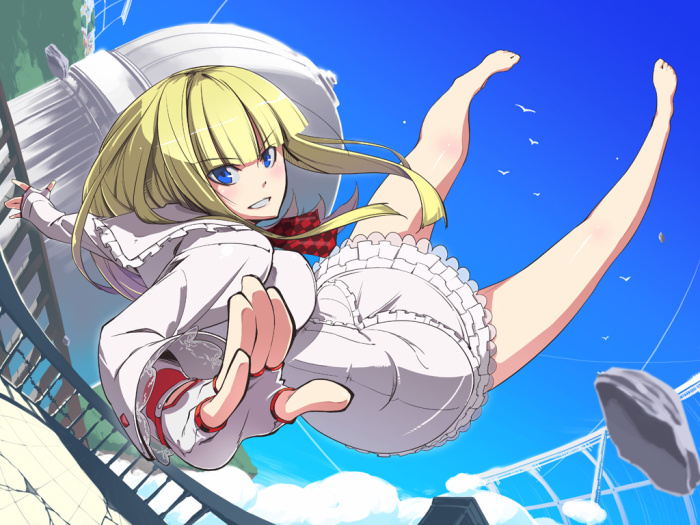
Tekken 7 already shows signs of this downfall. In Tekken Tag Tournament 2, a single launcher could easily knock off a good 70% of a character’s health bar with a good combo by a seasoned player, on top of leading to okizeme, which would either secure the round or catch a tag (crash) leading to another launch. Even if the player on the receiving end manages to avoid the oki, he’s already at a huge health disadvantage. Of course, this doesn’t happen often when you look at semi-high level play, but again, the majority of the player base isn’t semi-high level. It was officially stated that the new screw system was designed to reduce and limit combo potential so as to make the game seem less daunting to new players.
Another very noticeable difference between T7 and its predecessor is the size of the roster. TTT2 had like 400 characters, whereas the current release of T7 only has 27. Of course, when Fated Retribution hits, I’m sure we’ll have another handful of characters to play with. Also, with TTT2 being a tag game, it makes sense to have a greater number of characters available for use, but the fact remains that the roster is being cut. Many clone characters and less popular characters have been combined with other characters, or even completely dropped. While there are plenty of reasons to avoid sporting a superfluous roster, I’m sure one of the reasons Namco is holding back on characters this release is, again, to make the game seem more inviting for potential new players. One character removed is one less command list you have to memorize.
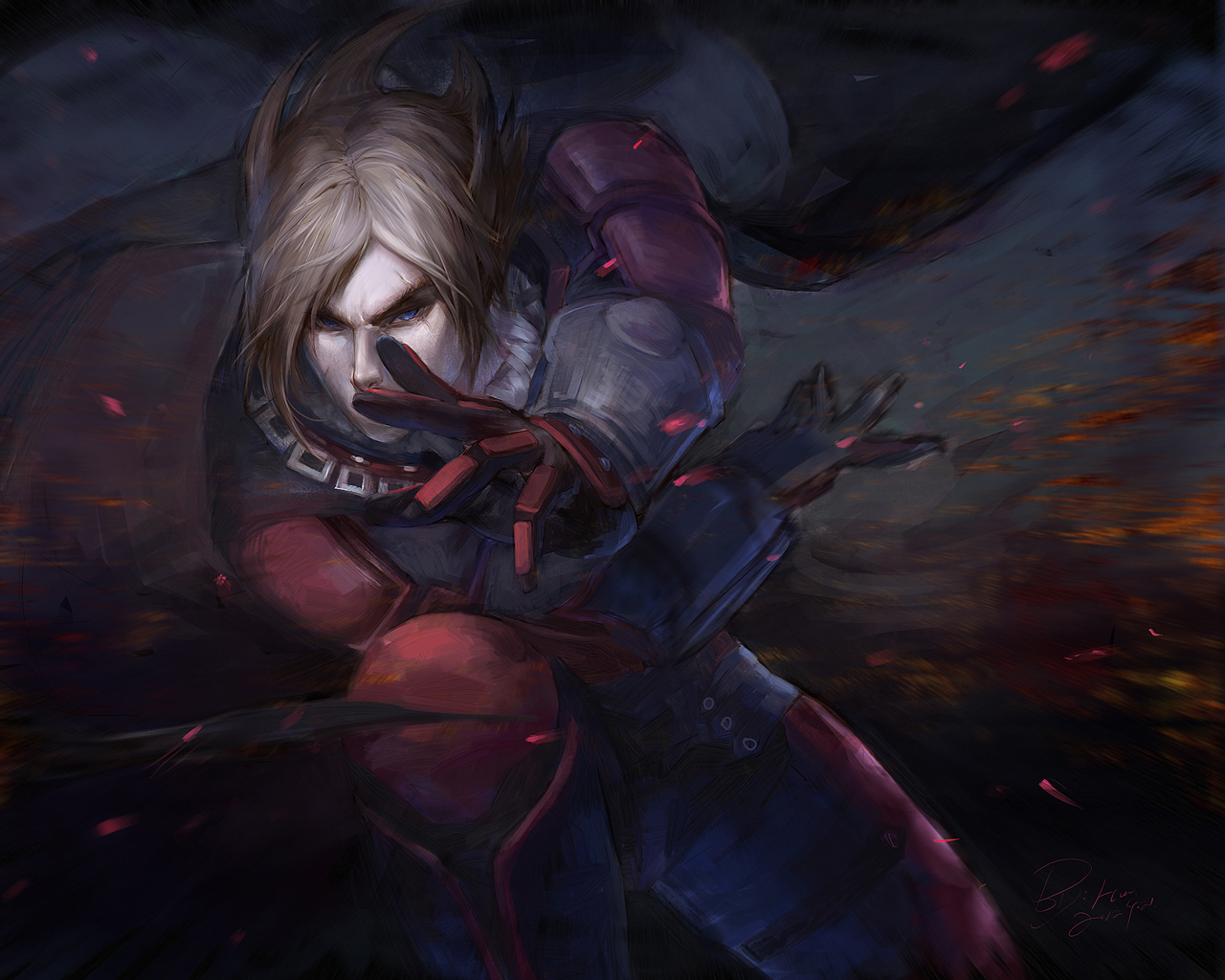
These change is probably for the better. Regarding combo damage in TTT2, getting a single launcher guaranteed way too much damage, which forced the play style of fishing for that one launcher, with little room for variation or innovation. In T7, you’re still rewarded for managing to pull off launchers, but not to the point where everything else pales in comparison, giving poking or punish oriented characters and players a lot more viability. Reducing the number of playable characters is also a positive, in my opinion. Clone characters are pointless in solo games, and no one will miss Eddy. Quality over quantity applies more than ever, and the characters that made it into the T7 roster are a lot more interesting than their TTT2 counterparts, along with the new characters.
Both of these factors really improve gameplay, enjoyment and the Tekken metagame, and my hat goes off Namco for keeping Tekken as great as ever. However, there is still cause for concern. If the trend continues, and Tekken becomes “easier” with each release, we may be seeing the game we love slowly come to an end. Is this simply the inevitable fate that befalls the niche market that Tekken caters to? Is this our divine retribution for choosing the harder option, for putting in the time and effort to overcome the obstacles, and for relishing at the pinnacle after all of our toil? The future is tenuous and unclear, but I really do hope Harada continues to uphold the Tekken philosophy as a fellow Tekken lover, and not as a businessman.